Establishing Shots by Kevin Nikkel: book review
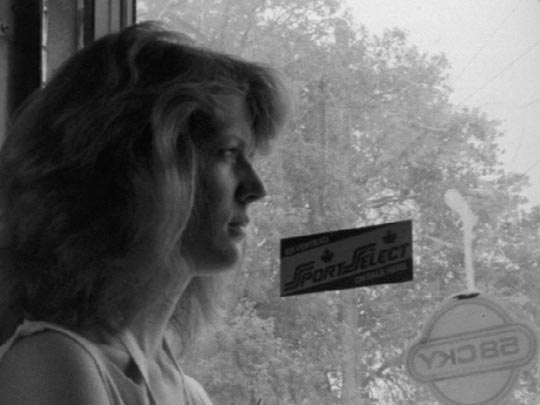
Establishing Shots: An Oral History of the Winnipeg Film Group
by Kevin Nikkel
University of Manitoba Press, 2023
I approached Kevin Nikkel’s Establishing Shots: An Oral History of the Winnipeg Film Group with a mixture of interest and wariness, the two feelings arising from the same source. I was a member of the WFG from 1989 to the mid-’90s, making several short films, and was also on the staff from 1991 to ’94, first as the training coordinator, later as Dave Barber’s assistant at the Cinematheque. So I had personal experience on both sides of the institutional/individual artist divide. In addition, having discovered a number of storage boxes packed with documents going back to the founding of the Group in the mid-’70s, I had proposed writing a history of the first two decades, a project which didn’t come to fruition for a number of reasons, though a decade later I managed to sketch a history of the first thirty years in an article for Cinema Scope.
So some complicated personal feelings were stirred up by the appearance of Nikkel’s book, the embodiment of my own unfulfilled project from thirty years ago, and I need to untangle those feelings from my response to the book as its own thing.
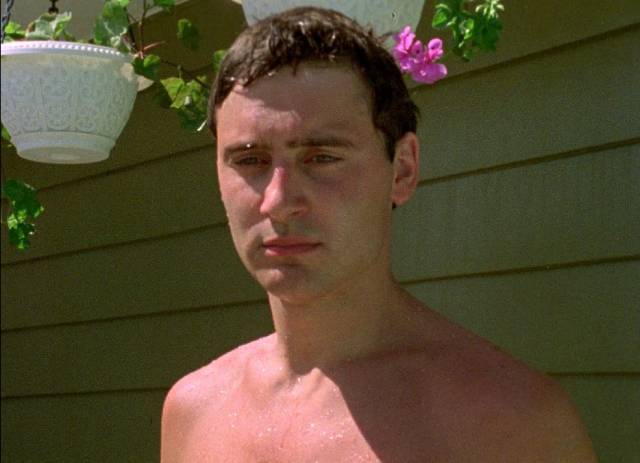
The first difficulty in telling the story of a fifty-year-old organization like the Film Group lies in the perpetual tension between the institution and its members, the latter a large collection of creative people with diverse views and intentions, who have passed through the WFG, making use of the organization while simultaneously leaving their mark on it. This means that as an institution it has been in a constant state of flux, evolving and remaking itself again and again, sometimes harmoniously, sometimes in a state of fractious conflict. Nikkel has organized interviews with thirty-three participants – conducted during the making of the documentary Tales From the Winnipeg Film Group (2017), which he created in collaboration with the sorely missed Dave Barber – into four “movements” which reflect particular stages in the Group’s life, though such divisions are illusory to a degree, imposing a structure which obscures the slow, complicated process of evolution.
Following an introduction which sketches in the Group’s history, the first three sections are named for the three sites where the Film Group has made its home – the Bate Building on McDermott Avenue (1974-82), a house on Adelaide Street (1982-86) and the Artspace Building in Old Market Square (1986 to the present) – these locations reflecting differing conceptions of the organization, expressed in interviews roughly tied to each stage.
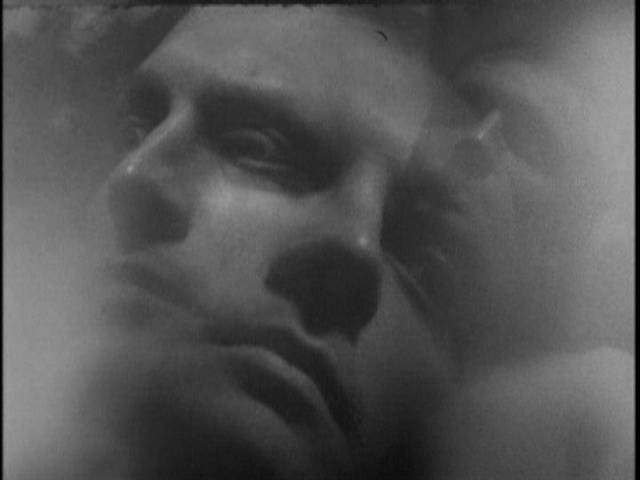
The organization was conceived by a group of people largely driven by the idea of film as a force for social change. One of these people, Len Klady, a film programmer and reviewer who eventually ended up in Los Angeles writing for Variety, had organized an event at the University of Manitoba in 1974 called the Canadian Film Symposium, which brought together filmmakers from across Canada to discuss the sorry state of the national industry. It was at one of the panel discussions that a representative from the Canada Council of the Arts told attendees that if they formed a filmmaking co-op, there was money to support them. And so, armed with a manifesto stating that cinema should be viewed as a cultural force rather than a commercial industry, a cluster of local people interested in film formed the WFG and proceeded to argue about how It should be shaped and what purpose it should serve.
The big questions revolved around whether the Group itself should produce films, and if so what kind of films. Documentary seemed an obvious choice and there was an abortive attempt to shoot a record of the first Winnipeg Folk Festival in 1974. Then there was an attempt to produce a dramatic film, The Crunch by David Cherniak, which also was abortive. Later, another pot of money went towards Gene Walz’s adaptation of a David Arnason short story, The Washing Machine, which although completed ran into so many problems and burned up so much money that it forced a reconsideration of the Group-as-producer model.
Of the eight people interviewed in the Bate Building section, Klady went to Los Angeles, Gene Walz returned to his academic career teaching film at the University of Manitoba, Cherniak went to Toronto and a career in documentary, Bob Lower forged a career in Winnipeg writing and editing documentaries, Elise Swerhone also remained and directed dramas for television, Leon Johnson had a long career as a sound recordist, Allan Kroeker became a successful television director in Vancouver and Los Angeles, and Merit Jensen Carr became a successful producer of television documentaries.
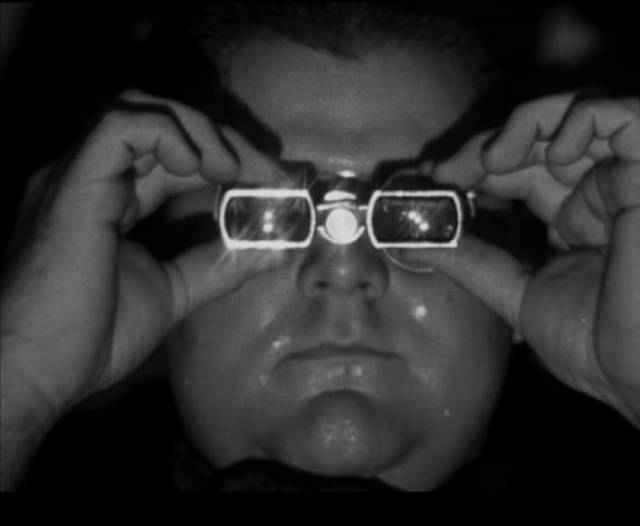
It was with the move to the house on Adelaide that the Film Group took on the form which gave it a lasting identity. It was there that its role as an artist co-op crystallized, a facility which could provide low-cost equipment and production support to individual filmmakers working on their own projects. This was the fertile period in which John Paizs inspired many would-be filmmakers by proving that distinctively idiosyncratic movies could be produced with minimal resources. This was when Greg Hanec made Downtime, when Ed Akerman made his first animated shorts, and when Guy Maddin made The Dead Father and began Tales from the Gimli Hospital. This eruption of creativity gained Winnipeg its reputation as an incubator of strange movies which lie far outside the mainstream of Canadian and North American production – the so-called “Prairie Postmodern”.
While these filmmakers were actually very different from one another – Hanec’s minimalist realism couldn’t be further from Maddin’s self-referential ransacking of cinema history – the label stuck and became something of an albatross for Winnipeg filmmakers, both an internal and external burden; many tried to follow in (particularly) Maddin’s footsteps, while audiences, programmers and critics elsewhere came to expect Winnipeggers to produce just this kind of ironically self-referential work.
This section is presented through interviews with five filmmakers – Hanec, Akerman, Maddin, John Kozak and Shereen Jarrett – and Dave Barber himself, who had been hired to create and program the Group’s exhibition wing, the Cinematheque, originally screening local and Canadian films at the National Film Board’s theatre on Main Street; and Carmen Lethbridge, who as executive director oversaw the Group’s move from Adelaide Street to a permanent home in the Artspace Building, which included offices, a studio and equipment rooms, and a number of editing suites, as well as its own theatre on the ground floor with both 16mm and 35mm projectors.
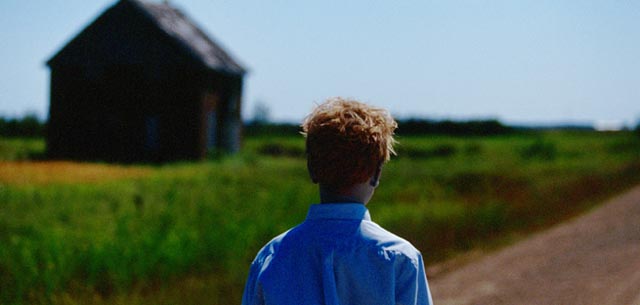
Along with this move, there was a growing contingent of members. This formalization of the Group as an institution with increasing visibility in the community itself created tension between staff and membership. There were greater administrative costs – the Group not only had production facilities and equipment for rent; there was a distribution department which was making connections with programmers and festivals across Canada and around the world; a training department providing an expanding schedule of workshops in all aspects of production; exhibition through the Cinematheque; and from an individual member’s point of view perhaps most importantly mechanisms to assist with funding. Some felt that too much money which might have been used for this last was being eaten up by the organization’s overheads, though it was the existence of this organizational structure which enabled many to make their movies and get them seen both locally and elsewhere.
If the ’80s had seen a number of determined artists using the Group as a means of creating their work, the ’90s to some degree saw the Group drawing in and nurturing people who might become artists through its ability to provide resources and mentorship. This section of the book is dominated by people who found their way into film through the WFG – Bruce Duggan, who for a while was executive director as well as a filmmaker, Jeff Erbach, animator Patrick Lowe, Noam Gonick, Winston Washington Moxam, and Lorri Millan and Shawna Dempsey – along with Greg Klymkiw, a key figure who had worked with both Paizs and Maddin and through his aggressive marketing skills in the Group’s distribution department played a huge part in raising the national and international profile of Winnipeg filmmakers.
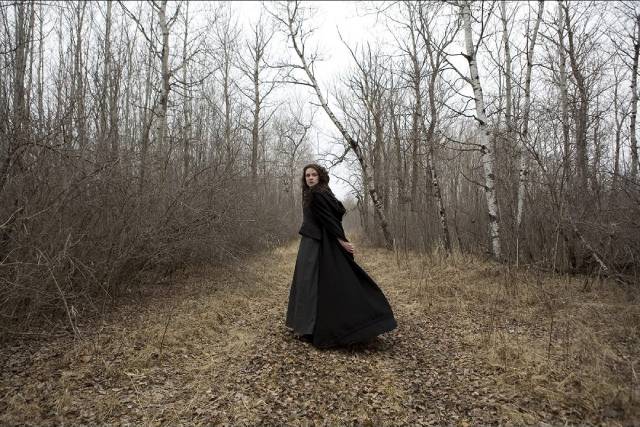
It was in the ’90s and early ’00s that there briefly seemed to be a chance that Winnipeg would see sustainable production of local independent features, with local funding agencies putting money into films by Duggan and Kozak, but confidence quickly collapsed and funding agencies switched to a service model, attracting outside productions to take advantage of local crews and tax credits (Winnipeg has been the home of Hallmark Christmas movies for many years). While Maddin managed to sustain an ongoing career, the struggle to secure funding eventually saw people like Kozak and Erbach moving on to other things – Kozak as head of the University of Winnipeg’s film department, Erbach working with arts organizations in Saskatchewan and Alberta.
The final section of the book, “Community and Experimentation 2000s”, addresses radical changes in the organization and its membership. In the wake of Maddin’s international success, most members spent the ’90s making dramatic shorts, with a few tackling features, and while there was a range of styles and subjects, many were deliberately pushing boundaries, with Erbach, Gord Wilding and Noam Gonick among others creating transgressive work (I can recall audience members at screenings expressing genuine outrage at what they were seeing) which built on the “Prairie Postmodern” reputation. But by the early ’00s something was changing.
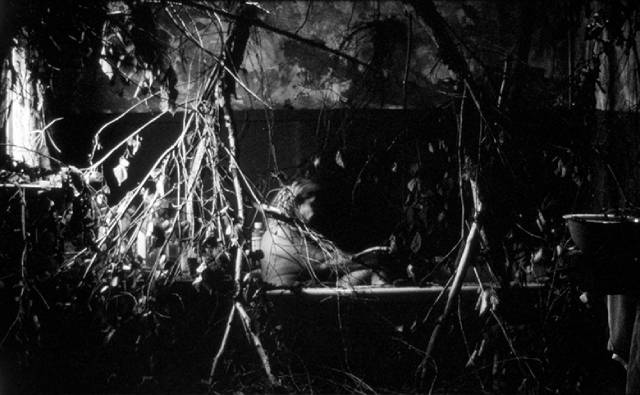
With the arrival of digital technology, which freed filmmakers whose interest was in various forms of narrative from many of the technical and financial constraints of production, a new wave of experimentation began which looked back to classical non-narrative cinema and an exploration of film as a physical thing. Much of this was centred on Sol Nagler’s hand-processing workshops in which filmmakers handled the celluloid themselves, distressing the material, physically working with the emulsion, drawing directly on the film strip … echoing the work of pioneers like Stan Brakhage, Norman McLaren and Arthur Lipsett. In a sense, these artists were pushing back against the technological evolution of cinema and addressing the plastic qualities of the medium itself.
This reworking of the past can also be seen in the witty and ironic work of Matthew Rankin, Walter Forsberg and Mike Maryniuk, who as the founders of l’Atelier national du Manitoba literally dumpster-dived into the cultural detritus of Winnipeg to find meaningful fragments of the city’s self-image in old public access cable shows, huckstering TV commercials and discarded tapes covering the defunct Winnipeg Jets hockey team (the latter leading to some legal conflicts with the CTV network over copyright issues).
In parallel with this, the Film Group consciously worked against its reputation – quite justified – as a (largely white) boys’ club[1], becoming a resource for newly forming collectives of women, minorities and Aboriginal filmmakers. This change in particular irritated some long-term members who resented change in the name of “political correctness”, even though the Group was actually simply responding to larger cultural currents. Ironically, these developments echoed to some degree the intentions of the original founders back in the ’70s with their view of film as a motor for social change.
Reflecting these changes, this final section is evenly divided between men and women and includes two Francophones and an Aboriginal filmmaker. All five of the men interviewed have focused on experimental work – Rankin, Forsberg, Maryniuk and Sol Nagler, with Scott Fitzpatrick most aggressively working with the physical qualities of the celluloid itself. Of the women, Caroline Monnet and Danielle Sturk have worked largely in documentary, experimental animator Leslie Supnet is now the Group’s executive director, and Arlea Ashcroft and Danishka Esterhazy have made careers in the industry, Ashcroft working in the lighting department and Esterhazy as a writer and director in Canada and Hollywood.
*
This is roughly the story told in Nikkel’s book, though it’s filtered through multiple voices, with each witness viewing a small section of the overall arc through their individual perspective. Each of these witnesses came to the Group, stayed for a while, benefited and contributed in their own particular way, and mostly moved on, their own creative practice informed by the experience they have shared with other members who were following their own trajectories. This, of course, is the benefit of such an organization; the mutual support, the opportunities for collaboration and growth. Many of the interviews are quite forthright about the various conflicts among members, between members and staff, and between staff and the board; while others focus more on the individual’s own artistic practice and the development of their understanding of their chosen medium.
There are limitations to the oral history format – it foregoes an overarching synthesis and analysis of the material, remaining a collection of subjective glimpses which push the narrative forward almost by chance simply through the book’s arrangement in roughly chronological order – and given that the WFG has been around for fifty years, there are many more possible voices which aren’t included in the book’s 400+ pages, filmmakers, staff and board members who would each have their own perspective (Nikkel does hint that there might be subsequent volumes). But together the disparate voices gathered here do reflect the Film Group’s lasting importance as a key element of Winnipeg’s cultural matrix, and that in itself makes Establishing Shots a valuable contribution to the city’s history.
___________________________________________________________
(1.) I can vividly recall the time I organized the Winnipeg Film Group’s first “women in film” workshop, bringing in filmmaker Patricia Gruben for a weekend seminar specifically addressed to women members. A Film Group member showed up shortly before the scheduled weekend and berated me angrily in the middle of the open-plan office for “discriminating against male members”. Pointing out that there were plenty of other workshops open to everyone didn’t assuage him; he insisted that it was just wrong that men couldn’t get into that particular one, that in fact rather than addressing an existing gender imbalance at the WFG it was fomenting discriminatory attitudes. (return)
Comments